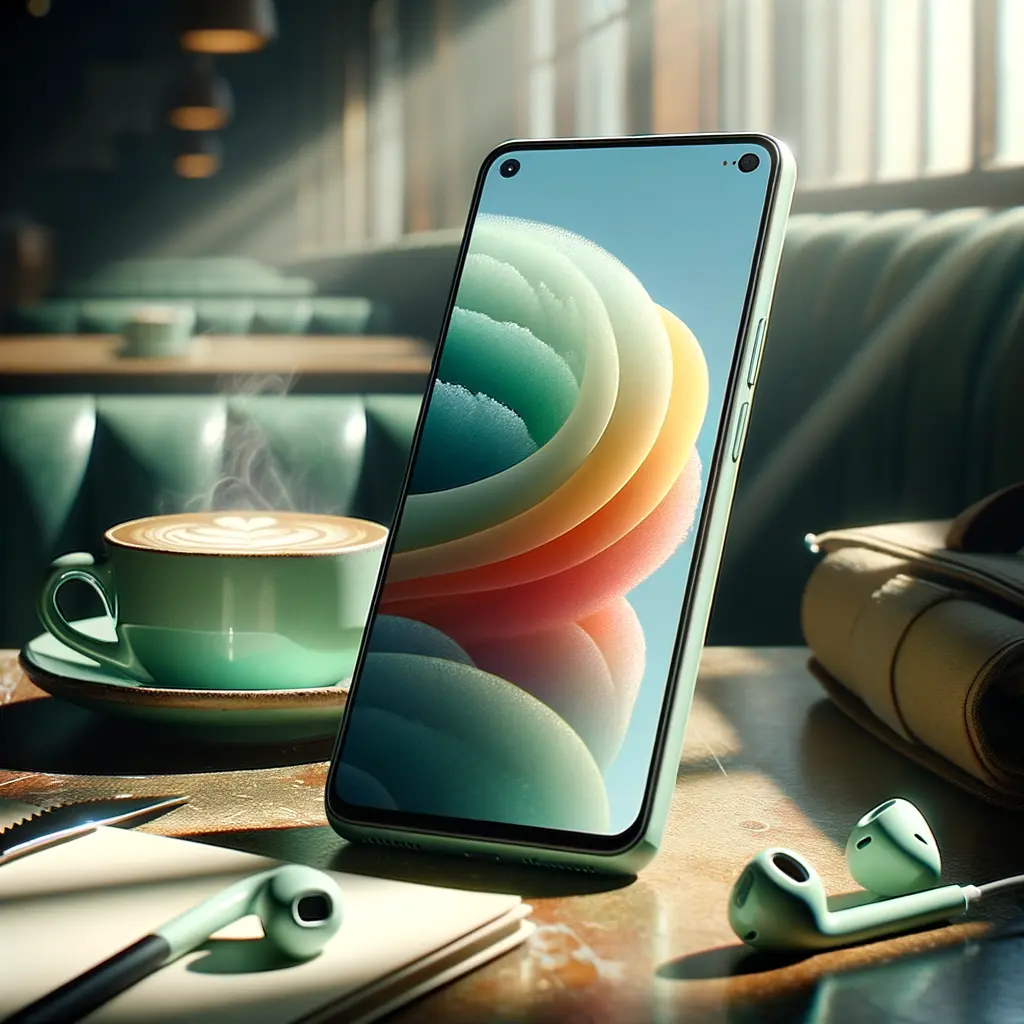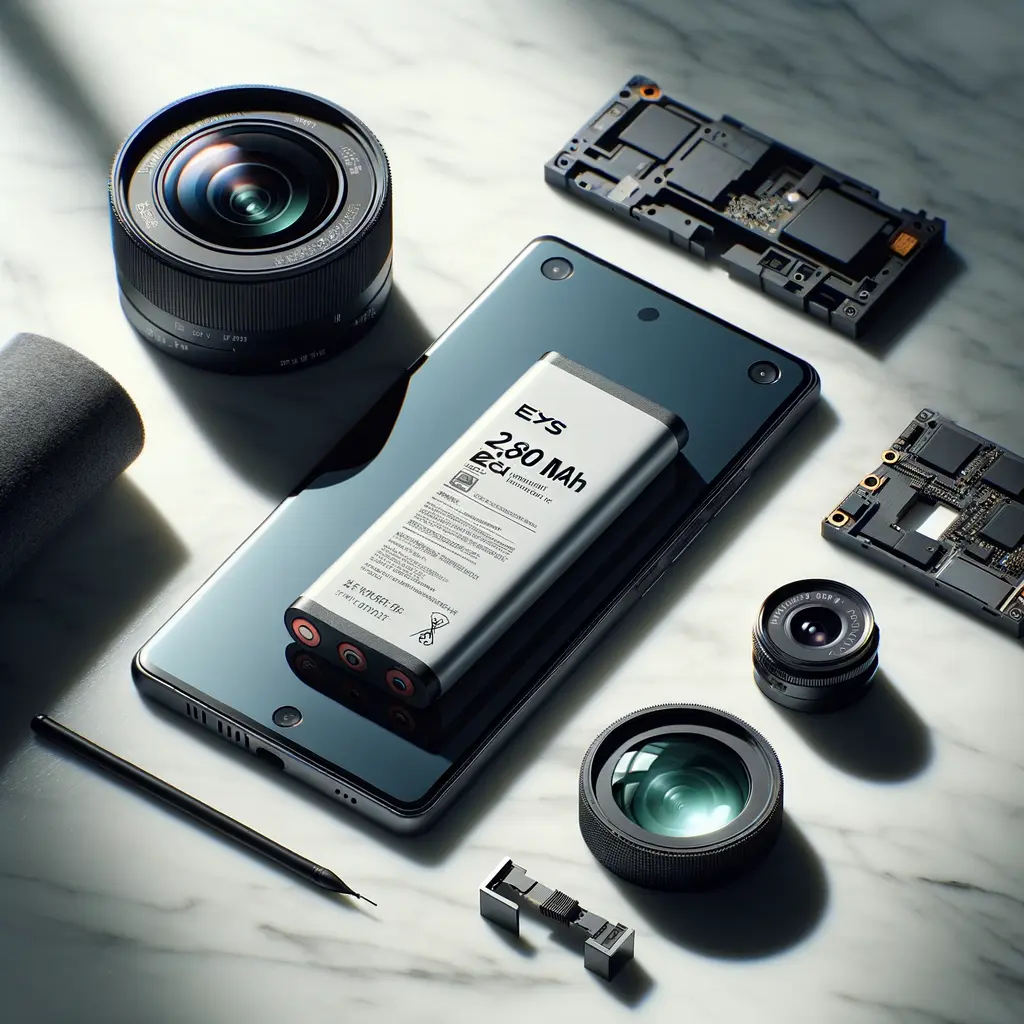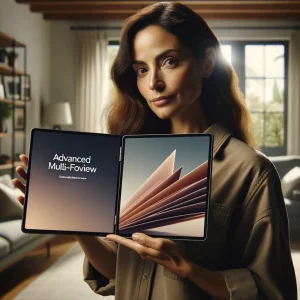iPhone 17 Air: Why Apple’s Thinnest Phone Steals the Show
Apple’s September “Awe Dropping” keynote is right around the corner, and the spotlight is already fixed on one device: the iPhone 17 Air. Rumors suggest the newcomer will replace the Plus line entirely, delivering a razor-thin 5.5 mm frame, a 6.6-inch LTPO OLED display, and a hybrid titanium-aluminum chassis that tips the scales at just 145 g. If accurate, that would make the iPhone 17 Air over 2 mm slimmer than today’s iPhone 16 and only a hair heavier than the pocket-sized 13 mini. For users who crave large screen real estate without the wrist strain, this could be the perfect compromise.
Under the hood, leaks point to an A19 or A19 Pro chip with one fewer GPU core than the flagship silicon, yet still enough muscle to deliver 120 Hz ProMotion refresh rates, console-grade gaming, and fluid multitasking. A newly engineered vapor-chamber cooling solution is said to spread thermal loads evenly, keeping performance consistent during long gaming sessions or 4K video recording.
From a durability standpoint, Apple reportedly reduced the overall glass footprint in the frame, promising better drop protection. Color options are rumored to include black, white, light gold, and an eye-catching sky blue reminiscent of the MacBook Air finish. If you’re upgrading from an older model, note that all new iPhone 17 variants—including the iPhone 17 Air—should adopt Apple’s in-house Wi-Fi 7 chip for faster, more reliable wireless speeds.
For a quick refresher on Apple silicon naming conventions before the event, see our deep dive on Apple chipset history and performance trends.

Ultra-Thin Engineering: Display, Materials and Everyday Feel
The buzz around the iPhone 17 Air doesn’t stop at raw dimensions—Apple’s engineers appear to have re-imagined nearly every component to shave off weight while retaining rigidity. Starting with the display, Samsung’s 6.6-inch LTPO OLED panel provides 1–120 Hz adaptive refresh, ensuring buttery-smooth scrolling without draining the downsized 2,800 mAh battery. That may sound small on paper, but high-density cell chemistry, the new C1 modem, and iOS 19’s advanced power management are expected to narrow the gap with last year’s Plus model.
Material choice plays a massive role here. By mixing titanium’s strength with aluminum’s lightweight nature, the iPhone 17 Air offers premium hand-feel, zero flex, and a surprisingly cool surface temperature even under load. The pill-shaped horizontal camera bump may look unconventional, yet it houses a 48-MP wide camera, OIS module, and improved sensor-shift tech. Fewer speaker-grille cutouts and an off-center USB-C port are the inevitable trade-offs of the slimmer design—but early CAD leaks show symmetrical aesthetics have largely been preserved.
Apple’s decision to unify all 2025 models under ProMotion finally eliminates spec confusion: whether you choose the iPhone 17 Air, iPhone 17 Pro, or the standard edition, you’ll experience the same fluid UI. If you’re curious how ProMotion enhances Apple Pencil input on iPad, our in-depth latency comparison offers a solid preview of what to expect on iPhone.

Battery Life and Camera Trade-Offs: Can Thin Still Win?
A common concern with any ultra-slim handset is endurance. Early iPhone 17 leaks peg the iPhone 17 Air’s battery at roughly 2,800 mAh—comparable to the iPhone 12 era. However, power-efficiency gains from the A19 architecture, a cooler running vapor chamber, and Apple’s new high-density cell chemistry should deliver runtimes closer to the current 6.1-inch models. That said, heavy gamers or road warriors may favor the iPhone 17 Pro Max’s larger 4,800 mAh pack.
Space constraints also dictate camera strategy. The iPhone 17 Air is rumored to ship with a single 48-MP wide sensor, down from the dual-lens system on the standard iPhone 16. While you’ll still enjoy Smart HDR 6, Deep Fusion, and 4K60 recording, features like spatial video capture and true optical zoom remain exclusive to the Pro family. For social media creators, the upgrade to a 24-MP front camera means sharper selfies and cleaner FaceTime calls.
Despite these compromises, the iPhone 17 Air includes MagSafe charging, the programmable Action button, and new tactile camera controls borrowed from the Pro line. Pricing whispers hover around $899, though possible tariff adjustments could nudge that number higher.
Below you’ll find the full MacRumors video that inspired this breakdown—watch it for real-time render comparisons and additional context.
iPhone 17 Pro & Pro Max: Aluminum Frames, Vapor Chamber Power
While the iPhone 17 Air grabs headlines for its slim profile, the iPhone 17 Pro and iPhone 17 Pro Max aim to redefine performance and camera versatility. Replacing last year’s titanium, Apple reportedly moves to an aerospace-grade aluminum frame fused with a partial-glass back, reducing weight while keeping MagSafe alignment precise. The signature camera island may grow, but for good reason: the Pro Max is tipped to feature three 48-MP sensors—wide, ultra-wide, and a brand-new tetra-prism telephoto for 5× and 8× optical zoom.
Inside, the A19 Pro chip delivers up to 12 GB of LPDDR5X RAM and a redesigned GPU optimized for ray-traced gaming. Throttling should be minimal thanks to the hotly debated vapor-chamber cooling system, an engineering leap hinted at in Apple’s thermal-camera-style event invite. Early Geekbench leaks show double-digit gains over the A18, suggesting that the iPhone 17 Pro could challenge Apple’s own M-series in specific single-thread tasks.
Connectivity gets its own overhaul: Apple’s custom Wi-Fi 7 module promises multi-gigabit speeds, while an upgraded C1 modem balances sub-6 GHz 5G efficiency with mmWave bursts where supported. Reverse wireless charging—rumored at 7.5 W—may finally let users top up AirPods or Apple Watch on the go, though Apple has pulled similar features late in development before. If you love camera deep dives, revisit our article on computational photography tricks introduced with iPhone 15 Pro for context on how 48-MP sensors transform image pipelines.

Event Predictions: Colors, Pricing and Release Timeline
All signs point to Apple announcing the full iPhone 17 lineup on September 9 at 1 p.m. ET, with pre-orders likely opening that Friday and shipping two weeks later—a pattern Apple has followed since 2020. The iPhone 17 release date window therefore falls between September 20-27 for most markets.
Colorways appear more vibrant this cycle. Leaked PANTONE codes hint at a dark navy and a copper-orange iPhone 17 Pro, complementing the sky blue and light gold palette of the iPhone 17 Air. Base storage is expected to start at 128 GB for the Air, 256 GB for the Pro, and 512 GB for the Pro Max, with a 2 TB tier replacing 1 TB for creative pros.
Price forecasts remain fluid. Analysts peg the iPhone 17 Air at $899, the iPhone 17 Pro at $1,099, and the iPhone 17 Pro Max at $1,299. Should trade tariffs rise, Apple could offset costs by bundling six months of Apple One or boosting trade-in values for iPhone 14 and older. On the accessory side, watch for a second-generation MagSafe Battery Pack and updated FineWoven cases.
If you plan to upgrade, browse our comparison of AppleCare+ versus carrier protection plans—it could save you hundreds over a typical two-year cycle.

Should You Upgrade? Final Thoughts Before Hitting Pre-Order
Choosing between the iPhone 17 Air and iPhone 17 Pro boils down to priorities. If you value lightness, pocket comfort, and still want a large 6.6-inch 120 Hz display, the iPhone 17 Air is the obvious winner. Despite the smaller battery and single-lens camera, Apple’s silicon efficiency and improved front camera make it a compelling daily driver. Meanwhile, power users, mobile photographers, and gamers will gravitate toward the iPhone 17 Pro and Pro Max for their triple 48-MP cameras, vapor-chamber thermals, and reverse wireless charging potential.
Either way, all models share headline features: Wi-Fi 7, Apple’s new C1 modem, the Action button, and refined MagSafe. Factor in iOS 19’s AI-assisted photo cleanup tools and on-device transcription, and upgrading from an iPhone 13 or earlier feels like a giant leap.
As always, weigh trade-in incentives, carrier deals, and storage needs first. If you’re undecided, bookmark our evolving roundup of iPhone 17 specs and check back once real-world battery tests surface. For now, mark your calendar for Apple’s Awe Dropping stream, and keep this guide handy when the pre-order frenzy begins.
The next few weeks promise a flood of iPhone 17 leaks, so stay tuned for our hands-on impressions and follow-up camera reviews. Until then, may your shopping cart be ready—and may your future iPhone 17 Air or iPhone 17 Pro exceed every expectation.







